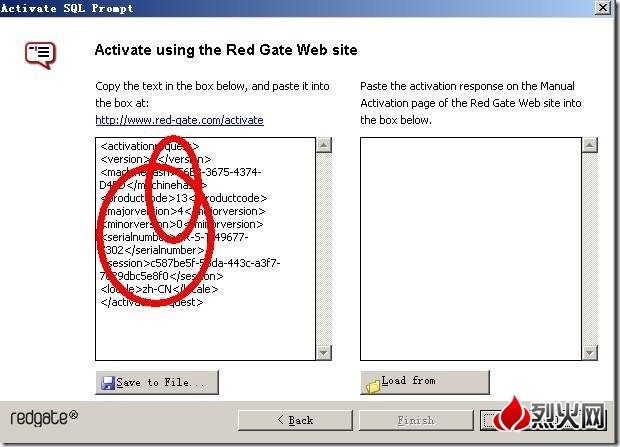Redgate Sql Prompt Keygen Generator Letlts

Download RedGate SQL Prompt 6.4 + Crack. 4 + Crack Warez Warez Download RedGate SQL Prompt 6.4 + Crack redgate sql prompt redgate sql prompt sql server 2014 redgate sql prompt 6 keygen redgate sql prompt review redgate sql prompt alternative redgate sql prompt refresh redgate sql prompt not working redgate sql prompt free redgate sql prompt.
Please read the following points carefully before any purchase: • After the completion of the payment, your account will be upgraded automatically, and you would be able to download your posts immediately. • If you already activated a plan for your account, it would be eliminated after purchasing a new one, and the new plan would replace the previous one. • Please choose your plan carefully because you will be charged the full fee, not just the difference, if you wish to upgrade your account to a higher plan after completing your purchase.
This topic provides an overview of how you set up SQL Data Generator to generate data. You are recommended to back up the database that you are going to populate before you generate the data; you can then adjust the settings and repeat the data generation if you are not happy with the results. To generate data, first create a project by selecting the SQL Server and database you want to populate. The project also defines some options for the data generation, and you can specify any number of SQL scripts that you want SQL Data Generator to run automatically before or after generating the data. When you have created a project, the schema of the database you selected is listed in a tree view in the Tables to populate pane. You specify the tables that you want to populate by selecting the Populate check box. By default, these are all selected, but you can change this option for both new projects and new tables in your application options (accessed from the Tools menu).
Skinner’s book, Verbal Behavior, and broad spectrum applied behavior analysis. Pecs kartochki.

To see the creation SQL script for a table, right-click the table or column name in the tree view and click Show Schema Creation Script. When you have selected the Populate check box for a table, you can define how you want the data to be generated: click the table name in the Tables to populate pane, and specify the details in the Table generation settings pane. You can choose to: • create data using generators SQL Data Generator automatically assigns a generator to each column based on its table name, column name, data type, and length. If the column has constraints, SQL Data Generator uses these to set the generator parameters for the column; if the constraints cannot be complied with in this way, the is assigned instead and an appropriate regular expression is set up. You can change the generator used by a particular column later if required.
For detailed information, see. • import data You can import a table or view from an existing database, or an existing CSV file. SQL Data Generator maps the columns based on name and data type. If any columns cannot be mapped, SQL Data Generator assigns a generator.
You can change the mappings later if required. For detailed information, see. • Foreign keys are automatically assigned the; this cannot be changed to a different generator, but you can customize its settings. • Columns for which data is auto-generated display Server Assigned in the Generator box; this cannot be changed. For example computed columns are server assigned (identity columns can be copied since version 3.1.4).
In the table generation settings, you can also specify the number of rows that you want to be generated, and whether you want existing data to be deleted prior to populating the table. You can preview the data that will be generated for each table in the Preview pane. You may see the following icons when the values for a column cannot be previewed prior to generation. Server-assigned column foreign key column computed column or a manual foreign key column You may also see in the preview. When you have set the table-level parameters, you can check the settings for each column in the table, and customize them if required. To select a column for customization, click the name of the column in the Tables to populate pane, or click the column in the Preview pane.